Tires are important for a safe and smooth drive, but they’re often overlooked until something goes wrong. Proper maintenance helps prevent premature wear, poor fuel efficiency, and unsafe driving conditions. Ignoring a sign of tire wear, such as uneven tread, cracks, or low pressure, can lead to a costly repair or even an accident. Regular inspections, proper inflation, and timely rotations keep tires in shape, ensuring better performance and longevity. By paying attention to wear patterns and addressing problems early, drivers can avoid unexpected breakdowns and enjoy a safer, more efficient rides.
If you notice signs of tire wear, don’t wait until it’s too late! Get professional tire replacement in Abu Dhabi or tire replacement in Ras Al Khaimah for a safe and smooth driving experience. Visit a trusted tire service center today and ensure your tires are in top condition!
Why Tire Maintenance Is Crucial for Vehicle Safety?Your vehicle’s tires are the only point of contact between the car and the road. That means their condition directly affects handling, braking, and overall safety. Poorly maintained tires can cause skidding, blowouts, or loss of control, leading to severe accidents. Here’s why regular tire maintenance is essential:
-
- Prevents accidents: Worn-out or underinflated tires increase the risk of losing control while driving.
- Enhances fuel efficiency: Properly inflated and aligned tires reduce rolling resistance, improving gas mileage.
- Extends tire lifespan: Routine checks prevent premature deterioration and extend usability.
- Improves handling and braking: Well-maintained tires ensure stability, grip, and optimal braking performance.
- Saves money: Addressing minor tire issues early prevents expensive repairs and replacements.
Ignoring signs of tire wear can compromise your safety and driving experience. Keeping your tires in top shape ensures a smooth and stress-free ride.
Common Tire Problems and How to Spot Them Early?
Understanding common tire problems can help you take preventive action before they worsen. Here are some typical issues and how to identify them:
1. Uneven Tread Wear
- If you see that one side of your tire is wearing down faster than the other, it might be because the wheels are not aligned properly or the tire has the wrong amount of air.
- Solution: Rotate your tires every 5,000-7,000 miles and check wheel alignment.
2. Cracks or Bulges
- Cracks on the sidewall or bulges indicate structural damage.
- Solution: If you see these signs of tire wear, replace the affected tire immediately.
3. Low Tread Depth
- Worn-out tread reduces grip, especially on wet or slippery roads.
- Solution: Check the tire tread depth using a tread depth gauge. If the depth is below the recommended limit (1.6mm), it’s time to replace the tires.
4. Vibrations While Driving
- Excessive vibrations can signal misalignment, unbalanced wheels, or internal tire damage.
Solution: Get a professional tire inspection and balancing.
Tips for Regular Tire Maintenance
Maintaining your tires doesn’t require advanced mechanical skills. Follow these tire maintenance tips to ensure longevity and safety:
- Inspect tires monthly: Look for cracks, punctures, or irregular wear.
- Check tire pressure: Pump the tires to the recommended air level.
- Rotate tires regularly: Helps even out tread wear and prolongs life.
- Get wheel alignments: Misalignment causes uneven wear and reduces performance.
- Avoid overloading: Excess weight strains tires and leads to faster wear.
This simple tire care guide can enhance safety and performance while avoiding costly replacements.
How to Maintain Proper Tire Pressure
Keeping the right tire pressure is crucial for safety and long-lasting tires. Tires with too much or too little air can wear unevenly, use more fuel, and have less grip on the road. Follow these simple steps to maintain proper pressure:
- Check pressure regularly: Use a reliable gauge at least once a month.
- Follow manufacturer guidelines: Find the recommended PSI on a sticker inside the driver’s door or the owner’s manual.
- Adjust for temperature changes: Cold weather lowers pressure, while heat increases it.
- Check the spare: Make sure your spare tire is properly inflated for emergencies.
These steps are key for anyone learning “how to extend tire life” and keep their vehicle running smoothly.
Tire Maintenance Myths: What You Shouldn’t Believe
Many misconceptions about tire care can lead to poor maintenance practices. Here are some common myths debunked:
- Myth: You only need to check tires before long trips.
- Reality: Regular monthly checks are essential, even for short commutes.
- Myth: New tires don’t require maintenance.
- Reality: Even new tires need proper inflation and rotation.
- Myth: You can visually assess tire pressure.
- Reality: A tire can look fine but still be underinflated. Always use a pressure gauge.
Understanding these facts ensures you follow the correct tire care guide rather than relying on misinformation.
How to Extend the Life of Your Tires?
Want to get the most out of your tires? Follow these expert tips on how to extend tire life:
- Drive smoothly – Avoid sudden braking and quick acceleration, as they can wear out your tires faster.
- Steer clear of potholes and debris: These can cause damage like cuts, bulges, or internal issues.
- Store tires correctly: If you use seasonal tires, keep them in a cool, dry place away from sunlight.
- Use the right tires for the season: Winter tires for snow, summer tires for heat, and all-season tires for mild weather.
- Check wheel alignment regularly: Misalignment can shorten tire life and impact how your vehicle drives.
These tips will help keep your tires in good condition and enhance your vehicle’s overall performance.
Conclusion
Regular tire maintenance is crucial for safety, prolonging tire life, and saving money. By following key maintenance tips, monitoring signs of tire wear, and scheduling professional inspections, you can drive confidently and avoid expensive repairs. A proactive approach to tire care boosts performance and ensures your tires stay in optimal condition for years. With this tire care guide, you’re equipped with the knowledge to maintain your tires effectively.
FAQs
How often should I check my tire pressure?
Check your tire pressure at least once a month and before long trips. Temperature changes can cause pressure fluctuations, leading to signs of tire wear like uneven tread or reduced traction. Regular checks ensure safety and extend tire life.
What is the correct tire pressure for my vehicle?
The right tire pressure for your vehicle can be found in the owner’s manual or on a sticker inside the driver’s door. For detailed information, refer to the tire care guide for your vehicle.
Why is wheel alignment important for tire maintenance?
Proper wheel alignment is crucial for even tread wear, better handling, and improved fuel efficiency. When wheels are misaligned, it can cause tires to wear out quickly and reduce the vehicle’s performance. Follow tire maintenance tips to keep your tires in top condition.
Can I continue driving with a flat tire or visible damage?
No, driving on a flat or damaged tire is unsafe and can worsen the damage to your vehicle. Replacing or repairing damaged tires immediately is important to avoid accidents and costly repairs.

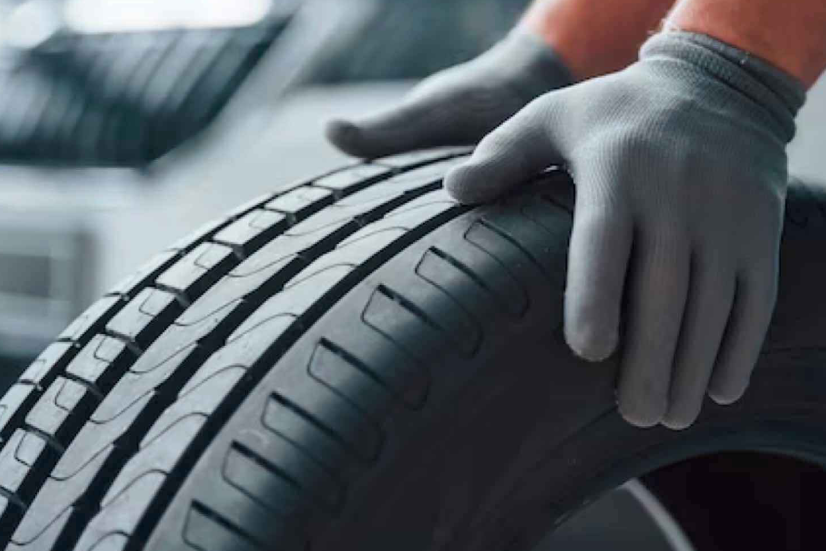 10 Proven Tips to Make Your Car Tyres Last Longer
10 Proven Tips to Make Your Car Tyres Last Longer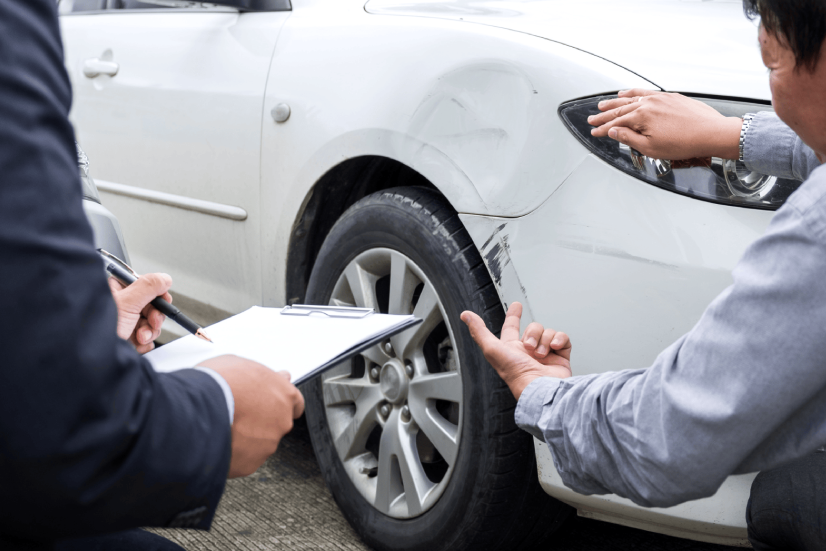 The Advantages of Choosing Paintless Dent Repair
The Advantages of Choosing Paintless Dent Repair Rolls-Royce – Most Common Faults and How to Keep Yours in Perfect Condition
Rolls-Royce – Most Common Faults and How to Keep Yours in Perfect Condition Bentley – Most Common Faults and How to Prevent Them
Bentley – Most Common Faults and How to Prevent Them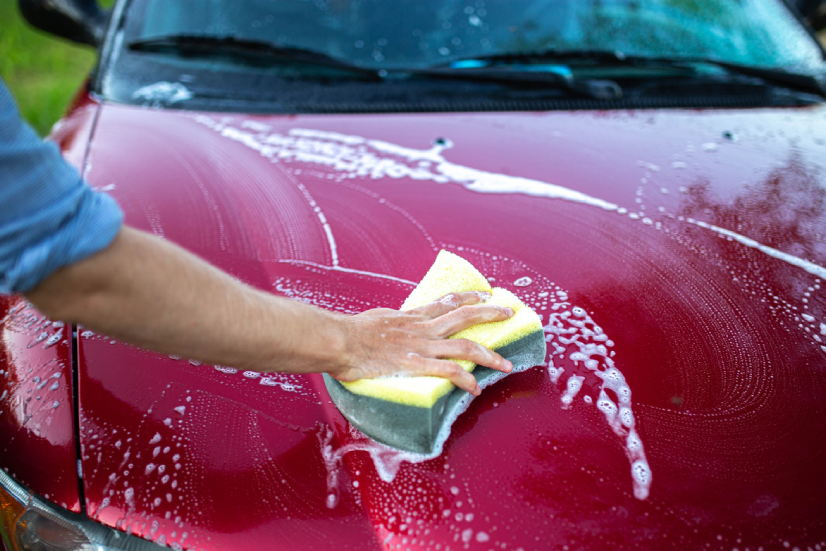 5 Proven Ways to Remove Tree Sap From Your Car Without Damaging the Paint
5 Proven Ways to Remove Tree Sap From Your Car Without Damaging the Paint Discover the Most Typical Issues with Lexus Cars
Discover the Most Typical Issues with Lexus Cars What are the Common BMW Issues and How to Fix Them?
What are the Common BMW Issues and How to Fix Them?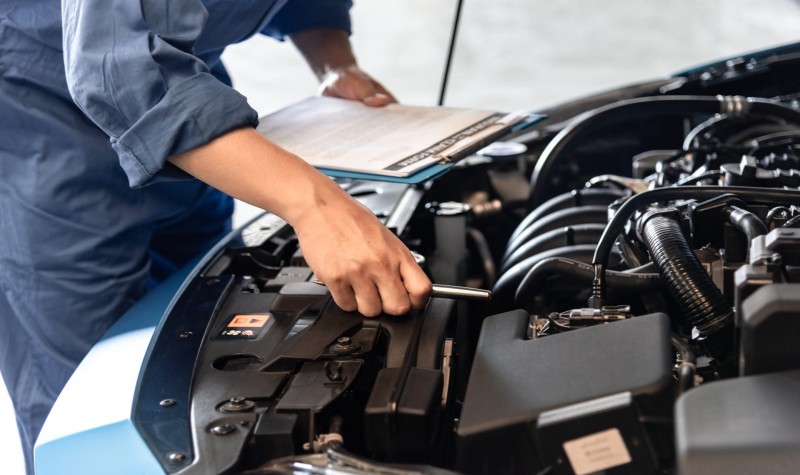 Engine Seized or Locked Up? Here’s What You’re Really Dealing With
Engine Seized or Locked Up? Here’s What You’re Really Dealing With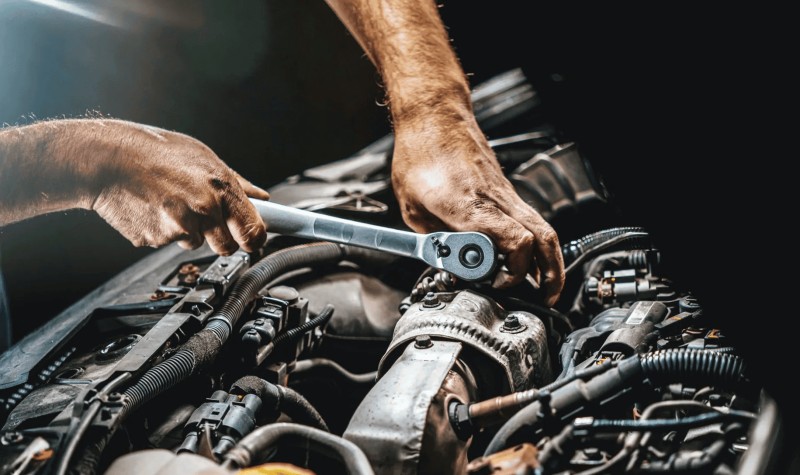 Is It Safe to Drive with Reduced Engine Power?
Is It Safe to Drive with Reduced Engine Power?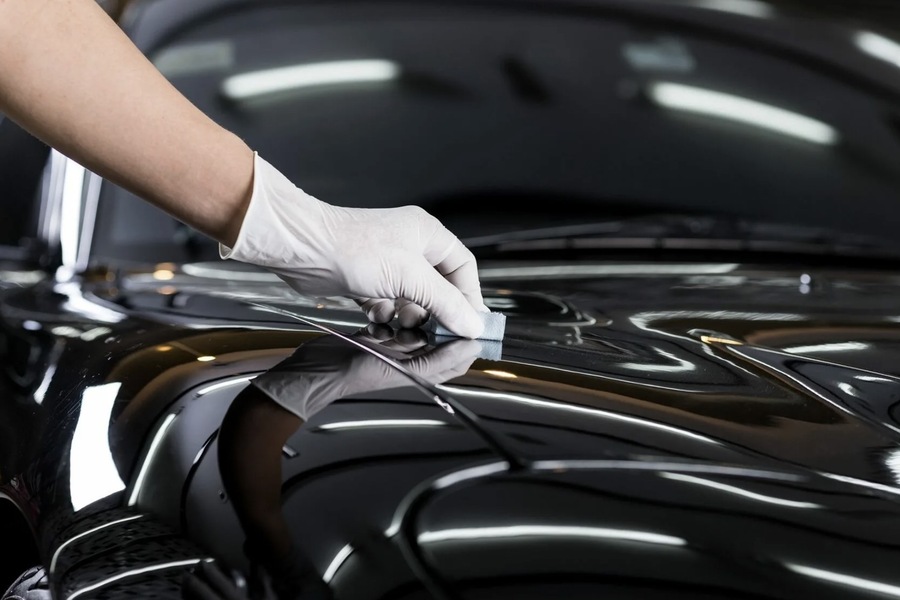 What Type of Car Paint Protection Is Best in Abu Dhabi? | Ultimate Guide
What Type of Car Paint Protection Is Best in Abu Dhabi? | Ultimate Guide How Does Ceramic Coating Protect Your Car’s Paint?
How Does Ceramic Coating Protect Your Car’s Paint? 5 Most Common Oil Mistakes That Might Ruin Your Car
5 Most Common Oil Mistakes That Might Ruin Your Car When Should You Replace Your Tires? Warning Signs You Shouldn’t Ignore
When Should You Replace Your Tires? Warning Signs You Shouldn’t Ignore Common Range Rover Problems and How to Fix Them
Common Range Rover Problems and How to Fix Them How Weather Conditions Affect Your Car Battery and How to Protect It?
How Weather Conditions Affect Your Car Battery and How to Protect It?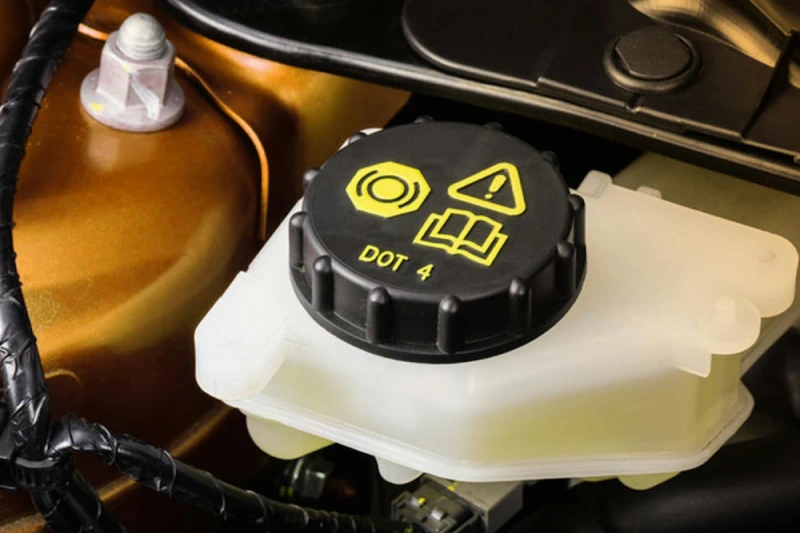 Why Brake Fluid is Essential for Your Car’s Safety in Ras Al Khaimah
Why Brake Fluid is Essential for Your Car’s Safety in Ras Al Khaimah Mercedes-Benz Engine Repair: Common Issues and How to Fix Them
Mercedes-Benz Engine Repair: Common Issues and How to Fix Them Top Signs Your Car AC Needs Immediate Repair in Abu Dhabi
Top Signs Your Car AC Needs Immediate Repair in Abu Dhabi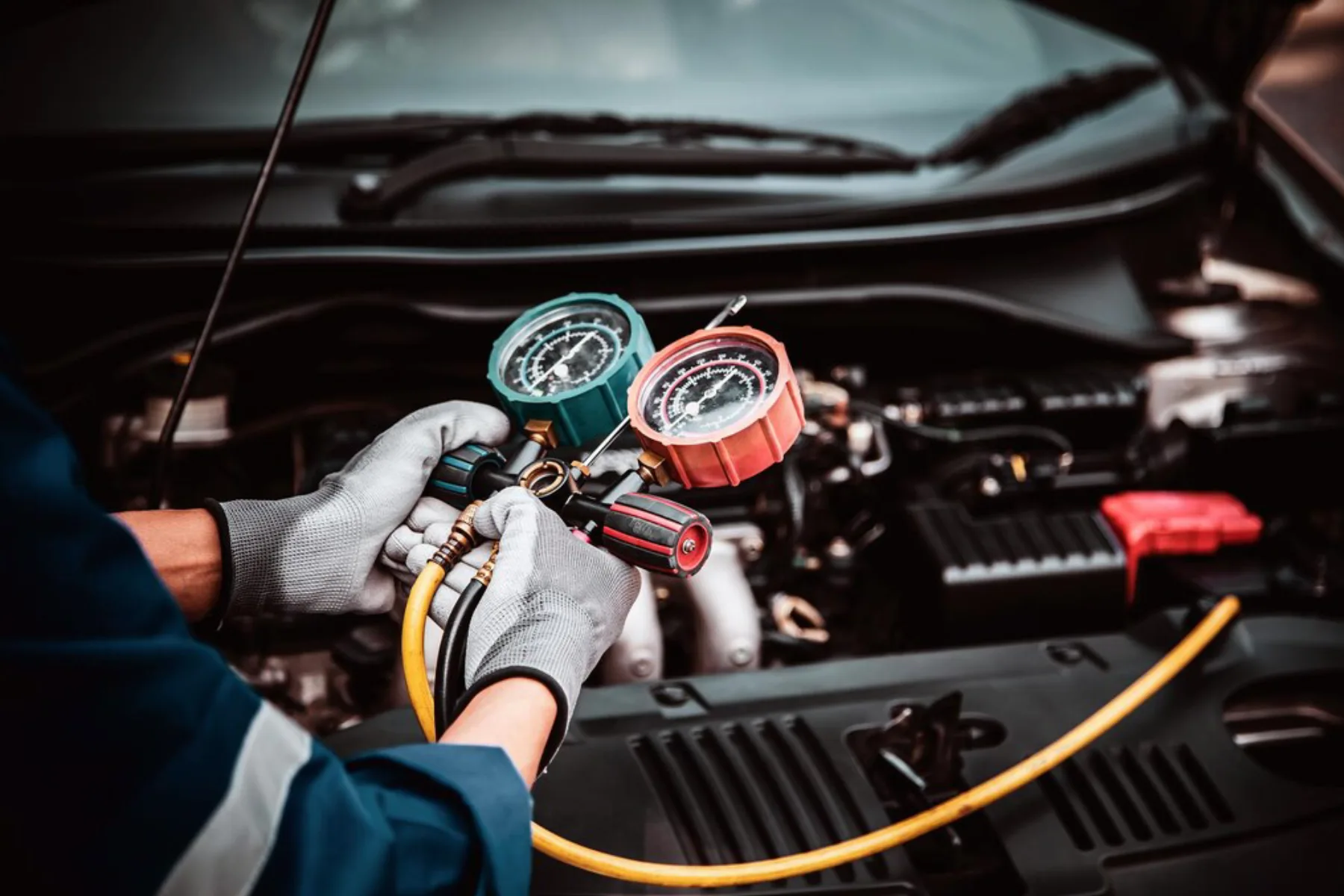 The Ultimate Guide to Car AC Repair: Everything You Need to Know
The Ultimate Guide to Car AC Repair: Everything You Need to Know How to Find a Reliable Car Garage Near Me in Abu Dhabi
How to Find a Reliable Car Garage Near Me in Abu Dhabi Why Car Detailing is Essential in Ras Al Khaimah
Why Car Detailing is Essential in Ras Al Khaimah Windscreen Repair vs. Windscreen Replacement: Which One Do You Need?
Windscreen Repair vs. Windscreen Replacement: Which One Do You Need? Top Signs Your Car Battery Needs to Be Replaced
Top Signs Your Car Battery Needs to Be Replaced The Importance of Regular Tire Maintenance: Tips and Tricks
The Importance of Regular Tire Maintenance: Tips and Tricks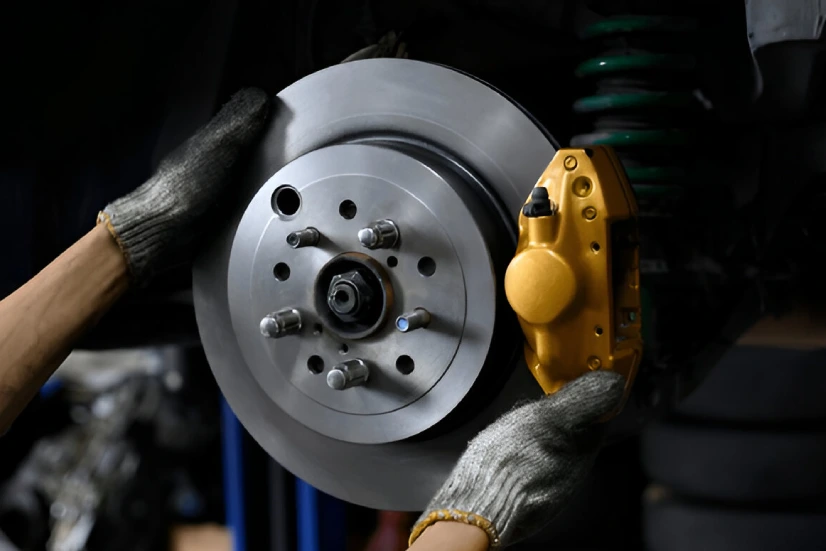 Understanding Brake Issues: When to Repair or Replace Your Brakes
Understanding Brake Issues: When to Repair or Replace Your Brakes What Can One Expect During a Full Vehicle Inspection?
What Can One Expect During a Full Vehicle Inspection?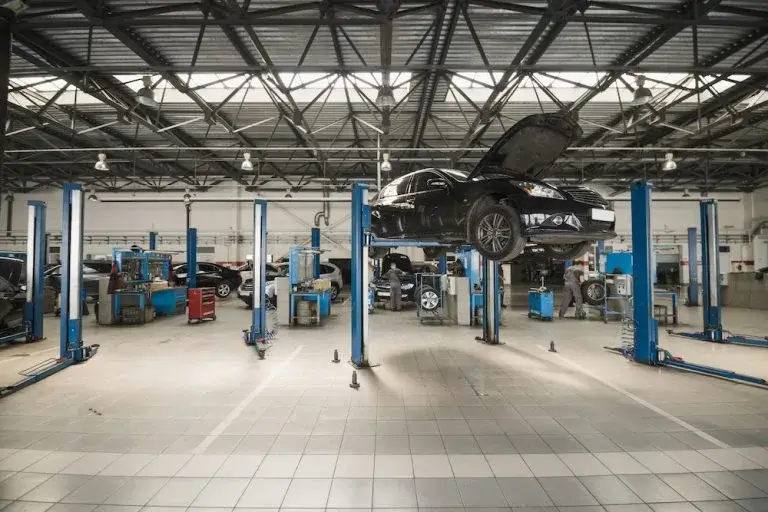 Top-Rated Car Garages in Ras Al Khaimah: A Comparative Guide
Top-Rated Car Garages in Ras Al Khaimah: A Comparative Guide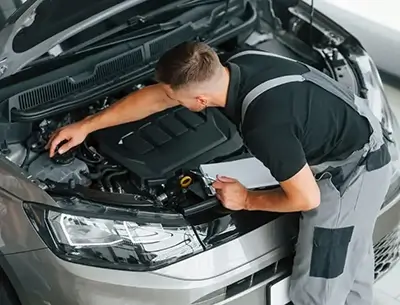 5 Common Engine Problems and How to Fix Them: A Guide for Car Owners
5 Common Engine Problems and How to Fix Them: A Guide for Car Owners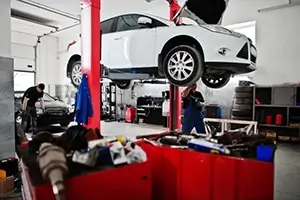 Signs You Need to Take Your Car to the Mechanic
Signs You Need to Take Your Car to the Mechanic Exploring Unusual Smells in Cars: A Guide to Identifying and Resolving Odors
Exploring Unusual Smells in Cars: A Guide to Identifying and Resolving Odors Bespoke Care for Your Range Rover: Understanding the Importance of Regular Service
Bespoke Care for Your Range Rover: Understanding the Importance of Regular Service Quick Tips for Finding the Best Car Mechanic Near You
Quick Tips for Finding the Best Car Mechanic Near You Choosing the right car repair workshop: Factors to consider
Choosing the right car repair workshop: Factors to consider Expert Car Mechanics Near Me: How to Identify Skill and Experience
Expert Car Mechanics Near Me: How to Identify Skill and Experience The Benefits of Regular Car Servicing for Optimal Performance and Safety
The Benefits of Regular Car Servicing for Optimal Performance and Safety Trusted Car Garages Near Me: How to Avoid Shoddy Repairs
Trusted Car Garages Near Me: How to Avoid Shoddy Repairs Preventing Costly Repairs with Routine Car Maintenance and Inspections
Preventing Costly Repairs with Routine Car Maintenance and Inspections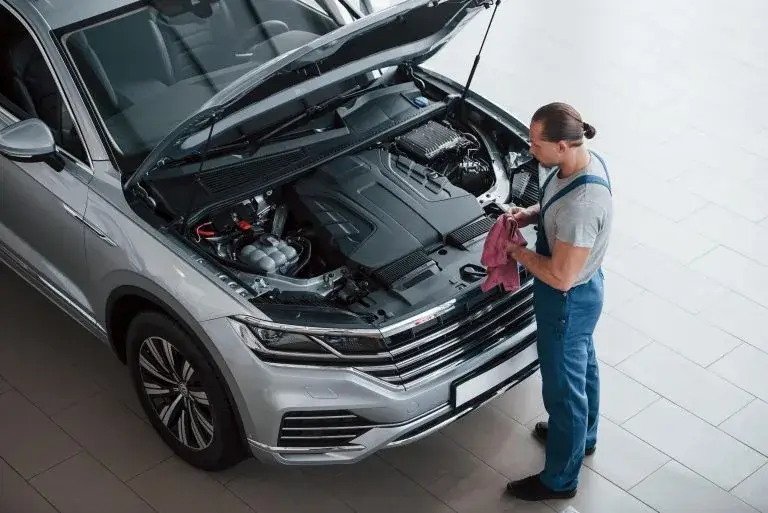 Navigating the Car Repair Industry: How to Find Honest and Affordable Services
Navigating the Car Repair Industry: How to Find Honest and Affordable Services Understanding the Basics of Car Maintenance and Repair for Vehicle Owners
Understanding the Basics of Car Maintenance and Repair for Vehicle Owners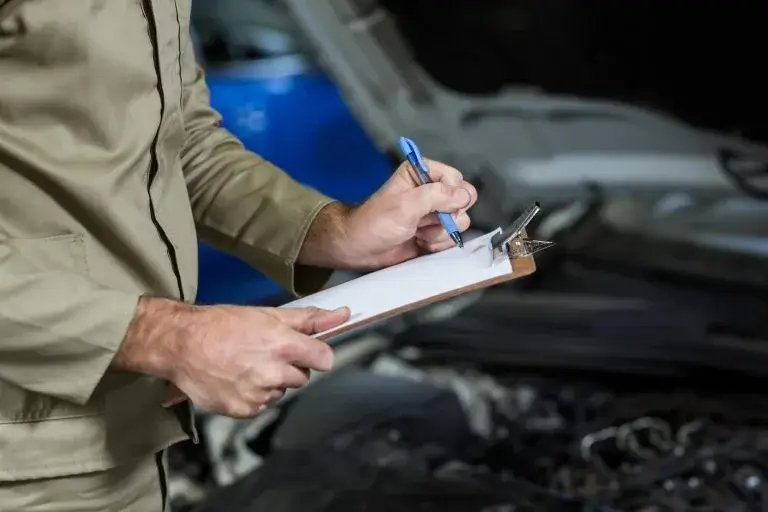 Why regular car servicing is crucial for long term vehicle health?
Why regular car servicing is crucial for long term vehicle health?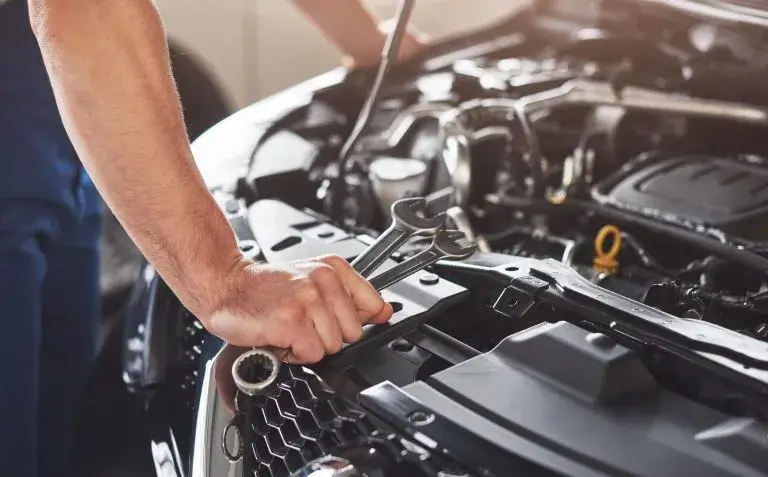 Maximizing the Lifespan of Your Vehicle with Routine Car Maintenance
Maximizing the Lifespan of Your Vehicle with Routine Car Maintenance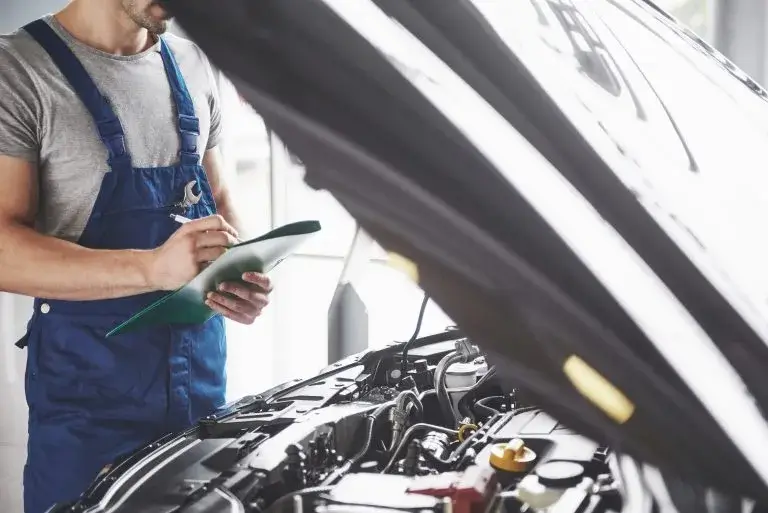 The importance of Pre-purchase car inspections: Don’t buy a lemon
The importance of Pre-purchase car inspections: Don’t buy a lemon